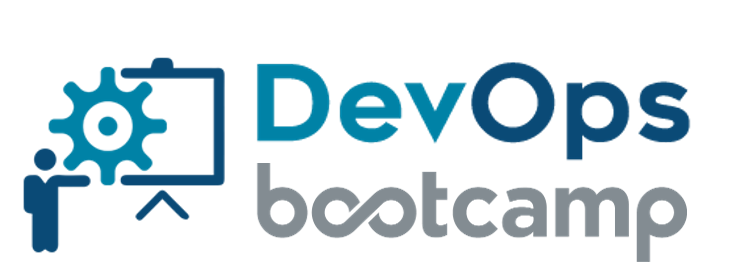
Istio Certified Associate Exam Preparation - Traffic Management Scenarios
Paid
Members
Public
These scenarios can be used standalone for ICA exam preparation or to learn and study Istio service mesh. Weekly new ones!
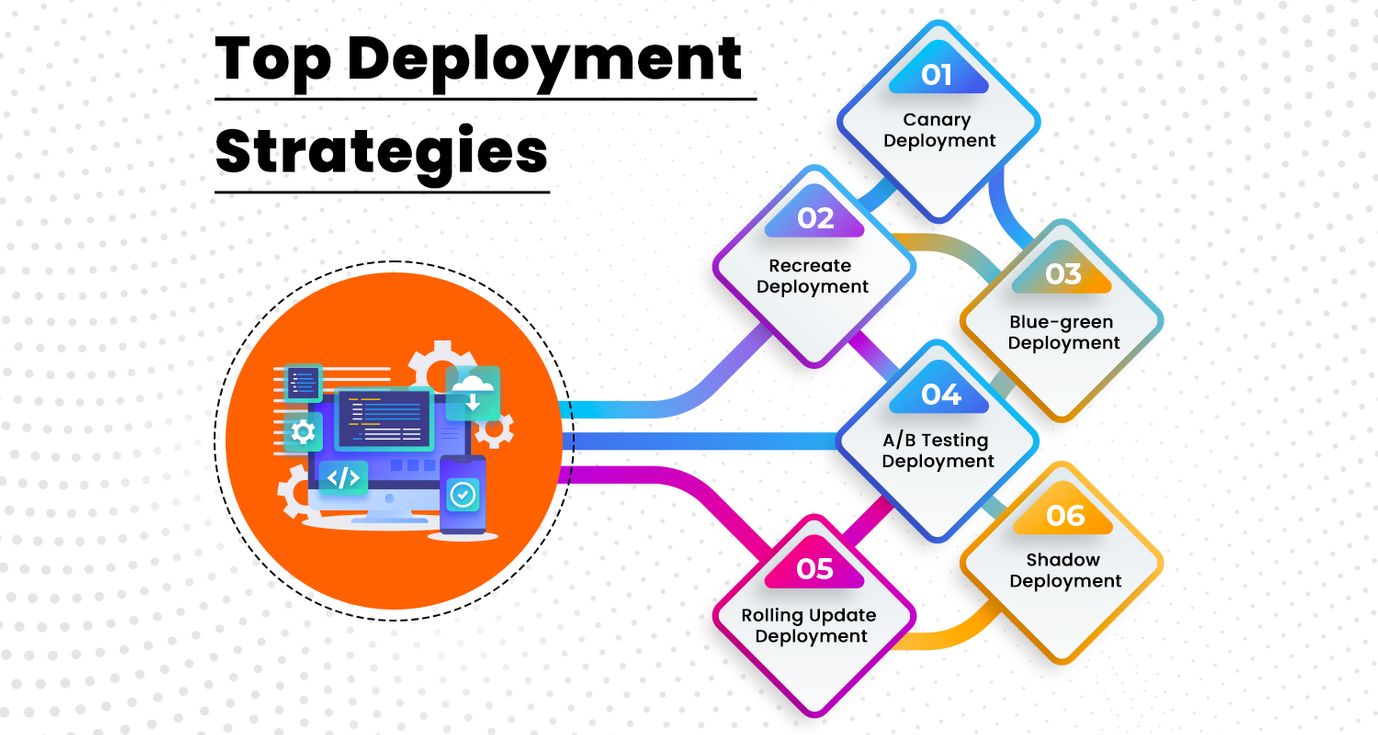
8 Deployment Strategies Explained and Compared
Paid
Members
Public
It’s common to hear people referring to their deployment strategy as "DevOps", but that's not quite accurate. DevOps is a philosophy and culture, while deployment strategies are more narrowly focused on the actual steps used to deploy software. Still, it's important for your team to think about its deployment
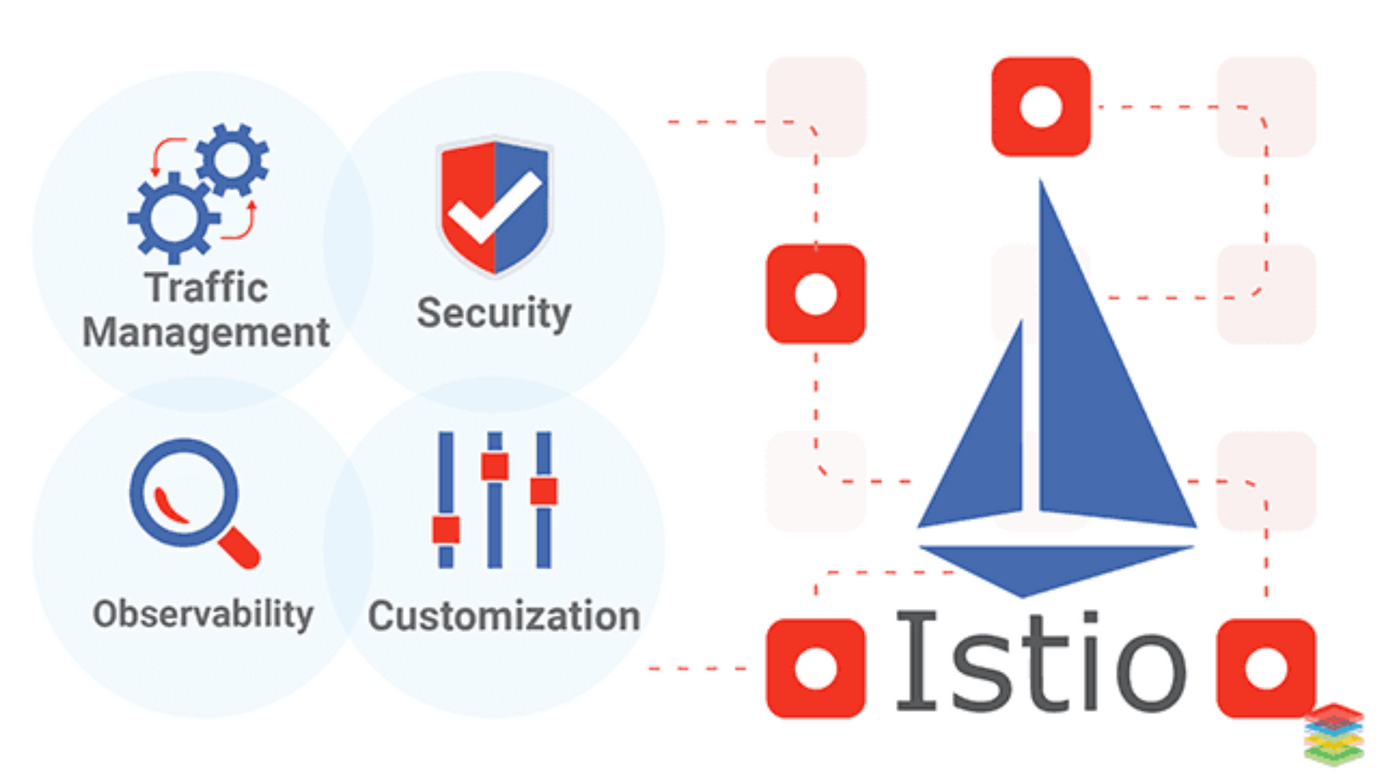
Introduction to Istio Service Mesh
Paid
Members
Public
Istio - Service Mesh to provide Traffic Control, Security and Observability for Kubernetes
(Untitled)
Paid
Members
Public
Here are some interview questions focused on AWS Virtual Private Cloud (VPC). They range from basic to advanced to cover various skill levels: Basic Questions 1. What is an AWS VPC, and why is it used? 2. Explain the difference between a public subnet and a private subnet. 3. What
Kubernetes Tools for Developers and Administrators
Paid
Members
Public
A Kubernetes tool is any software or utility that helps manage, deploy, monitor, or scale applications within a Kubernetes cluster. Kubernetes itself is an open-source platform designed to automate deploying, scaling, and operating application containers. There are various tools within the Kubernetes ecosystem that enhance its functionality, streamline operations, and
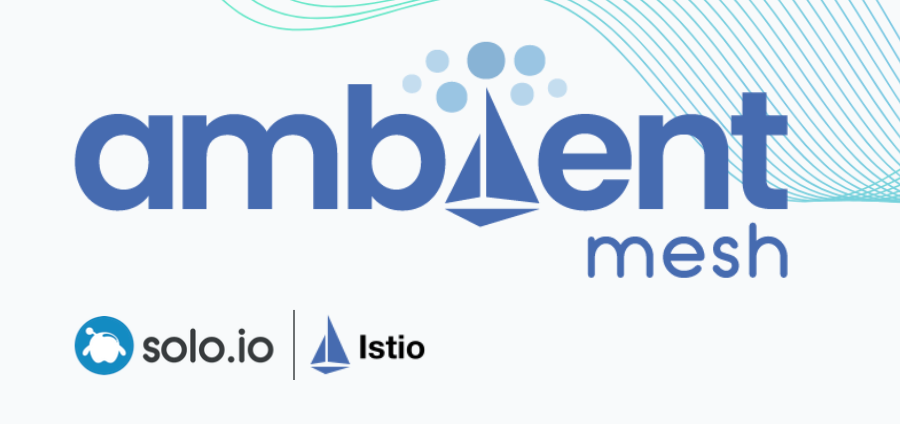
Lab 4/4 🔬Istio Ambiant Mesh
Paid
Members
Public
Ambient interoperability with sidecarsAll the Pods don't need to use the new Ambient mode. You can have some Pods using sidecars while others are using Ambient. Let's create a new namespace called httpbin: kubectl create namespace httpbinTo use sidecars in this namespace, you need to label it accordingly: kubectl label
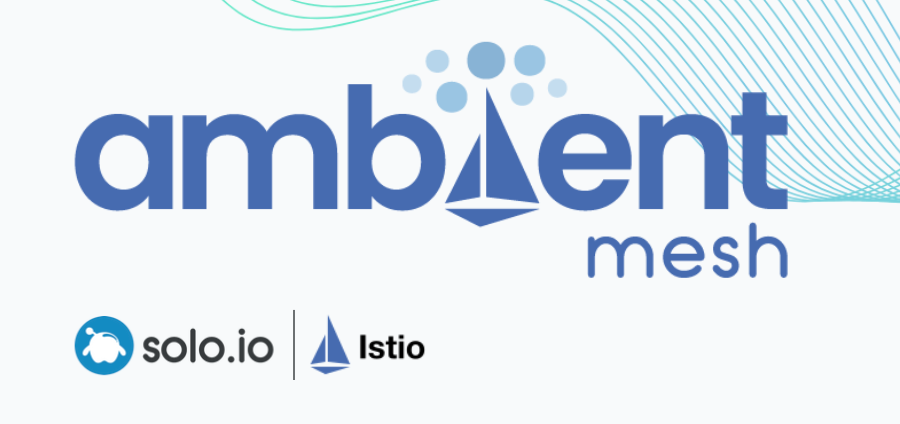
Lab 3/4 🔬Istio Ambiant Mesh
Paid
Members
Public
L7 authorization policiesL4 policies are useful but may not be sufficient for your needs. For example, you’ll be able to send any request to the web-api service from the sleep pod while you may only want to allow requests with the GET method. In order to have any L7
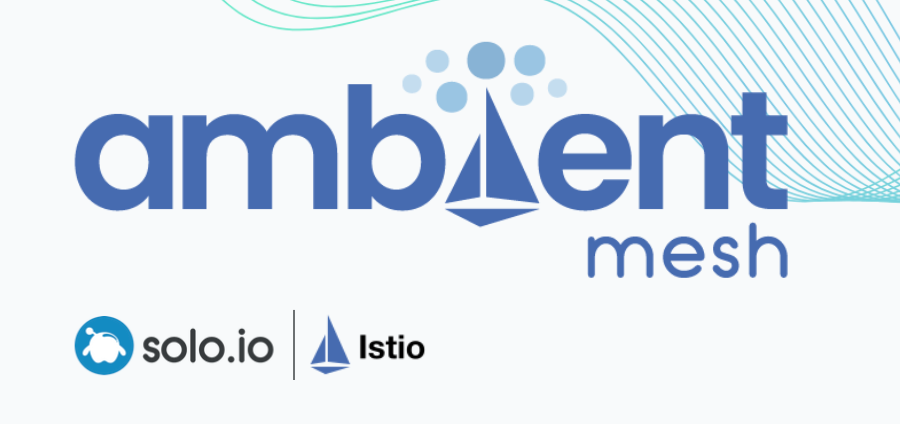
Lab 2/3 🔬Istio Ambiant Mesh
Paid
Members
Public
Add services to AmbientAdding services to Ambient is very simple. You just need to add the istio.io/dataplane-mode=ambient label to your namespace to have all the corresponding pods managed by Ambient. kubectl label namespace default istio.io/dataplane-mode=ambientNow, take a look at the logs of the Istio
